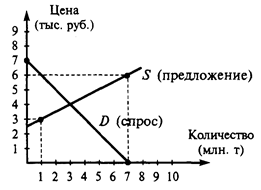Assonance is the repetition of similar stressed vowels within the line or stanza.
“… Tell this soul, with sorrow laden, if within the distant Aiden, I shall clasp a sainted maiden, whom the angels name Lenore… (E. A. Poe)” Alliteration, like most phonetic expressive means, does not bear any lexical or other meaning. However it supplies the utterance with a certain nuance of the meaning [d]. That’s why alliteration is regarded as a musical accompaniment of the author’s idea, supporting it with some vague emotional atmosphere which each reader interprets for himself. Alliteration heightens the general aesthetic effect of the utterance when it has connection with sense. Now it’s used only as a subsidiary device. Its role is an expressive one – alliterated words indicate the most important concepts. It’s often used in emotive prose, newspaper headlines, titles, proverbs and sayings: Sense and Sensibility; Pride and Prejudice; safe and sound; part and parcel etc. 5. Specify different forms of literary discourse presentation: narration, description, dialogue, represented speech. Compositional forms. Narration refers to the way that a story is told, and so belongs to the level of discourse (although in first-person narration it may be that the narrator also plays a role in the development of the story itself). The different kinds of narration are categorized by each one's primary grammatical stance: either 1) the narrator speaks from within the story and, so, uses "I" to refer to him- or herself (see first-person narration); in other words, the narrator is a character of some sort in the story itself, even if he is only a passive observer; or 2) the narrator speaks from outside the story and never employs the "I" (see third-person narration). See also third-person omniscient narration; third-person-limited narration; and objective shot. Description is one of four rhetorical modes (also known as modes of discourse), along with exposition, argumentation, and narration. Each of the rhetorical modes is present in a variety of forms and each has its own purpose and conventions.
|




